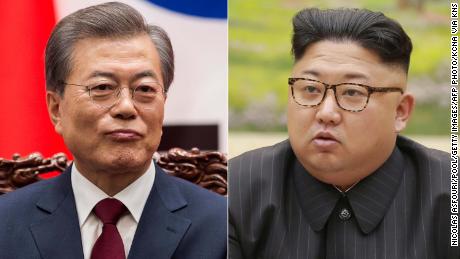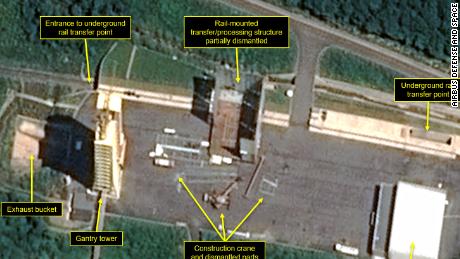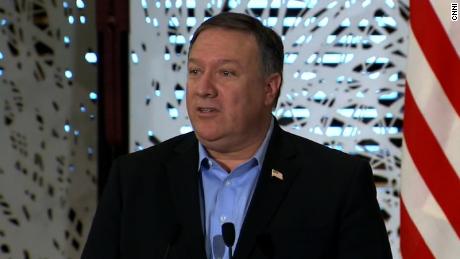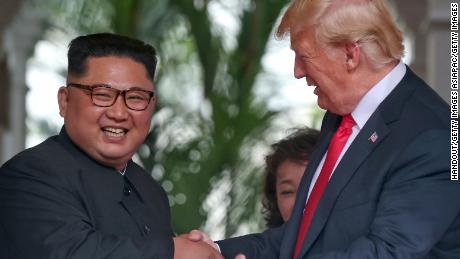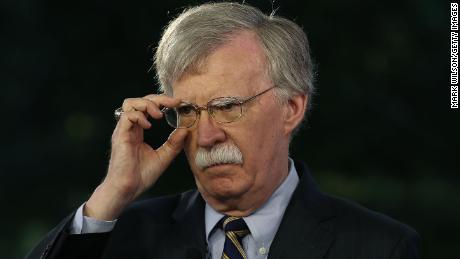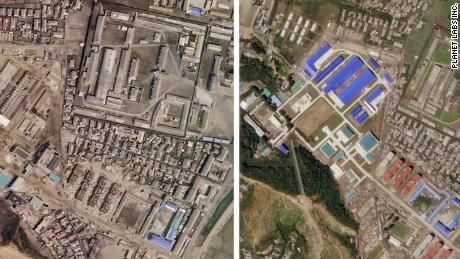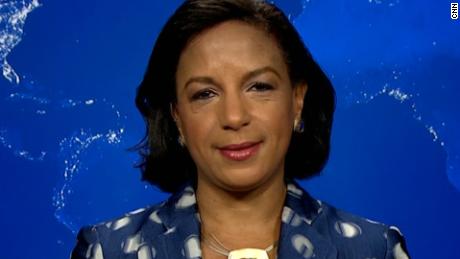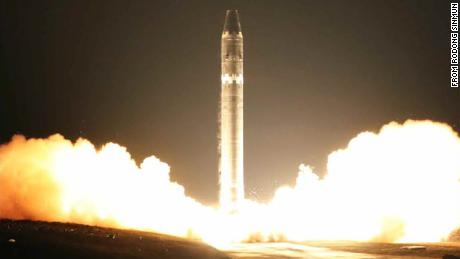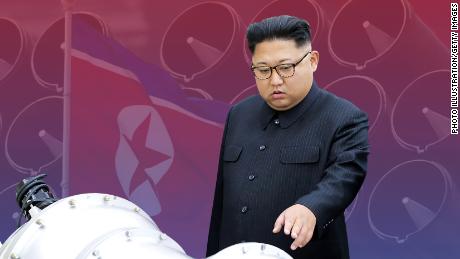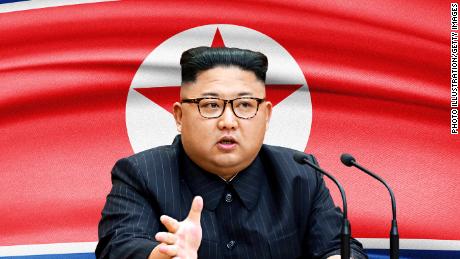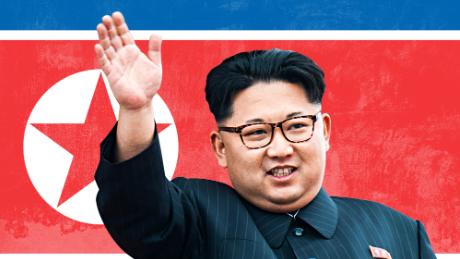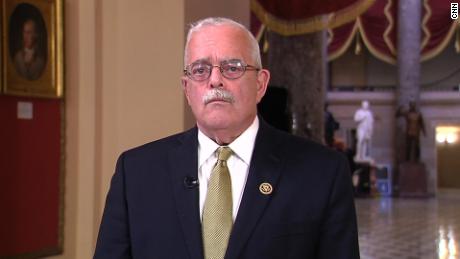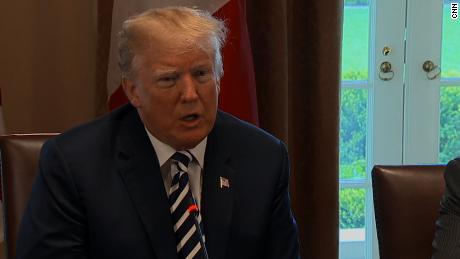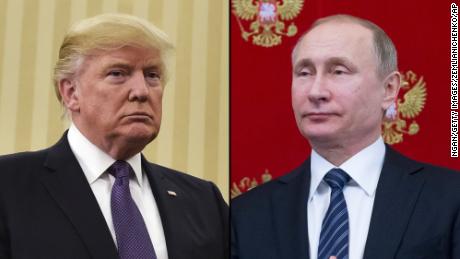Washington (CNN)Secretary of Defense James Mattis said Friday he does not believe that North Korea's current intercontinental ballistic missiles are capable of hitting the continental US.
North Korea's November ICBM "has not yet shown to be a capable threat against us right now," Mattis said during an off-camera briefing with reporters at the Pentagon on Friday. He added that the United States is still assessing the situation. "We are still examining the forensics, we're still doing the forensics analysis, it takes a while," he said.
Pyongyang tested a new missile on November 28 that flew higher and farther than any previous launch, and bragged afterward that its new Hwasong-15 could deliver nuclear warheads anywhere in the US.
At the time, Mattis noted that the launch showed that North Korea was working on a research and development program that could produce a missile capable of hitting "everywhere in the world" and reflected "a continued effort to build a threat -- a ballistic missile threat that endangers world peace, regional peace and certainly, the United States."
His assessment Friday was in line with technical analysts who say that North Korea's November launch didn't actually demonstrate an ability to hit the US or that it is making advances on the technical challenges required for a successful, operational ICBM.
"I'm highly suspicious about the capability of the Hwasong-15," retired Gen. Patrick O'Reilly, a senior fellow at the Atlantic Council and expert in aerospace and missile defense, said in an email.
The red flag for O'Reilly and other missile experts is that the North Koreans keep shooting the missile almost straight up, and not in the parabolic arc of a standard missile trajectory, which is harder to achieve.
"Super-large heavy warhead"
Another question comes from the fact that it's impossible to tell the missile's true range without knowing the weight of the payload -- which North Korea claimed was a "super-large heavy warhead."
The test also failed to demonstrate some crucial achievements North Korea would need to make to pose a threat to the US -- including the ability to send a warhead-tipped missile on a stable flight path, with accuracy, and with the ability to survive the heat, vibration and shock of re-entry.
"There are some really ill-informed technical suppositions that have been made," O'Reilly said of assessments that the November 28 missile could menace the US mainland. "When I hear in one or two years they could have an operational capability that could hit Washington ... people are making very, very aggressive assumptions. There's a lot left to be done before you can assess a credible threat."
Mattis said analysis from the most recent North Korean missile test is ongoing, and he reiterated that the diplomatic track being led by Secretary of State Rex Tillerson is still the administration's leading policy when it comes to Pyongyang.
Tillerson spoke at a special meeting of the UN Security Council Friday, urging tougher international action to rein in Pyongyang and confronting North Korea's ambassador to the UN over his claims that the US is to blame for tensions on the Korean peninsula.
Tillerson said the US would require Pyongyang to achieve a period of quiet before the US would engage in talks, clarifying confusion created earlier in the week when he said he would talk without preconditions if North Korea was willing. That comment drew pushback from the White House.
Asked about the confusion over the conditions that must be met before US negotiators sit down with their North Korean counterparts, Mattis emphasized the unity between Tillerson and the President.
"This is a diplomatically led effort by him and the President, and you see him come out with what are some of the conditions that have to be met, diplomacy continues," Mattis said. "When we are ready to have conversations as you put it, dialogue, that will be up to the President and the secretary of state."


